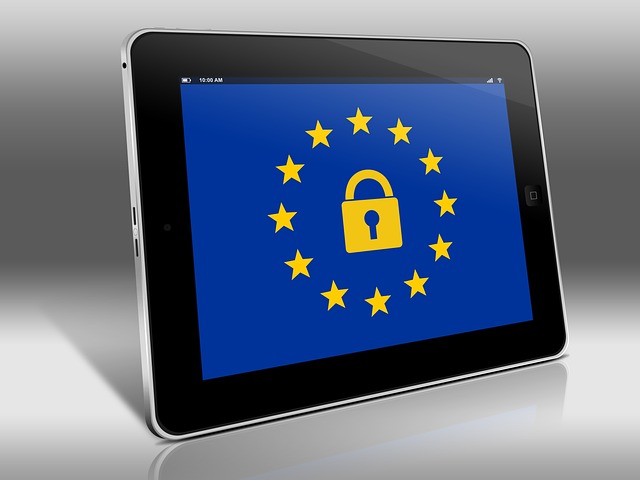Mail wire fraud, a growing digital age concern involving identity theft and phishing scams, requires sophisticated defense strategies. The Timeline for Post-Conviction Relief Process is crucial for accused individuals, beginning with evidence gathering and legal planning, followed by court motions and hearings. This meticulous process, lasting from months to years, aims to challenge convictions and offer justice. Successful outcomes can be achieved through strategic appeals and retrials, ensuring fair representation for corporate or individual clients facing severe charges.
“Mail wire fraud, a sophisticated crime, has become a growing concern in today’s digital age. This article offers an in-depth look at understanding mail wire fraud and its devastating impact. We’ll guide you through the intricate Timeline for Post-Conviction Relief Process, providing a step-by-step approach to navigate this challenging journey. From recognizing fraudulent activities to seeking relief, this comprehensive overview ensures victims have the knowledge to take action. By demystifying the process, individuals can better protect themselves and seek justice.”
- Understanding Mail Wire Fraud: A Comprehensive Overview
- The Post-Conviction Relief Process: Step-by-Step Guide
- Timeline for Relief: Key Milestones and Expectations
Understanding Mail Wire Fraud: A Comprehensive Overview

Mail wire fraud is a sophisticated crime that has evolved with the advancement of technology. It involves the use of electronic communication and financial systems to defraud individuals or organizations through false pretenses, often disguised as legitimate business transactions. This type of fraud has become increasingly common, particularly in the digital age, where speed and convenience can be exploited for illicit gains. Understanding mail wire fraud requires a deep dive into its mechanisms, including sophisticated techniques like identity theft, phishing scams, and falsified documents, all aimed at manipulating victims into transferring funds or sensitive data.
The timeline for post-conviction relief in mail wire fraud cases is a crucial aspect of the legal process. Individuals accused of such crimes often face significant challenges in avoiding indictment, especially given the intricate nature of these schemes. Across the country, white collar defense attorneys play a pivotal role in navigating these complex cases. They employ strategic approaches to challenge evidence, uncover vulnerabilities in prosecution narratives, and advocate for their clients’ rights throughout the legal proceedings. This process can be lengthy, demanding meticulous attention to detail and an in-depth understanding of both criminal law and financial systems.
The Post-Conviction Relief Process: Step-by-Step Guide

The Post-Conviction Relief Process is a crucial step for individuals convicted of mail wire fraud to seek justice and potential exoneration. This legal journey involves several stages, each with its own timeline and requirements. Understanding this process is essential for those aiming to challenge their convictions.
Here’s a simplified guide: First, gather all relevant evidence and consult an experienced attorney within the allotted time after conviction. The timeline for Post-Conviction Relief typically starts from the date of sentencing. Filing a motion with the court is the next step, where legal arguments are presented to challenge the conviction. If successful, further proceedings may include evidentiary hearings and, ultimately, a decision by the judge or an appeals court. This process can take anywhere from several months to years, depending on complexity and court backlog. An unprecedented track record of success may be achieved for both corporate and individual clients seeking to avoid indictment and secure relief.
Timeline for Relief: Key Milestones and Expectations

The Timeline for Post-Conviction Relief Process is a crucial aspect to understand when facing mail wire fraud charges. The journey begins with an initial assessment and strategy formation, which can take several weeks or even months. This phase involves gathering evidence, consulting experts, and crafting a legal plan to navigate the complex web of appeals and retrials.
Key milestones include pre-trial hearings, where the focus shifts to presenting arguments and determining admissibility. If a defendant is found guilty and seeks relief, the timeline intensifies with potential jury trials, known for their meticulous scrutiny in high-stakes cases. Achieving extraordinary results in these proceedings can significantly alter the course of justice, offering a glimmer of hope for those seeking to rectify legal wrongs stemming from mail wire fraud.
Mail wire fraud can have devastating consequences, but understanding and navigating the post-conviction relief process is crucial. By following a structured timeline and employing a step-by-step guide, individuals wrongfully convicted can work towards justice and relief. Key milestones include timely appeals, thorough documentation, and persistent legal advocacy. Remember that each case is unique, so seeking professional assistance is essential for a successful outcome regarding the timeline for post-conviction relief.






